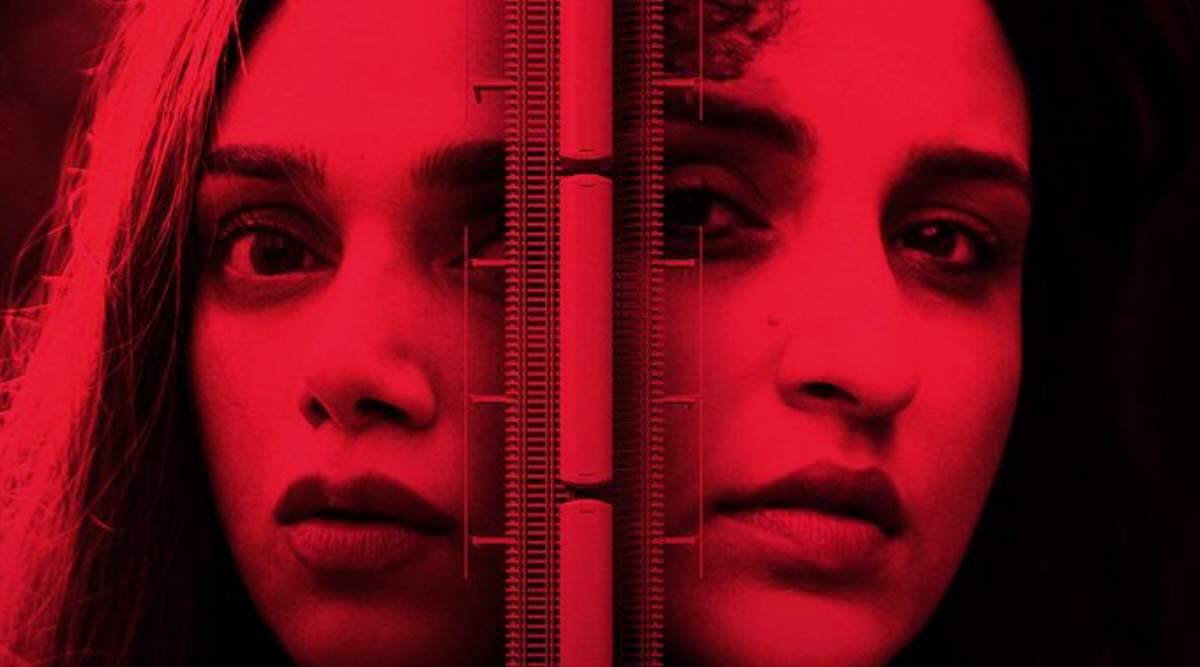“The Girl on the Train,” written by British author Paula Hawkins shocked crowds when it became the fastest-selling adult hardcover novel in history, staying on the New York Times Bestseller List for four months after its release.
The novel’s accompanying film released two years later was not received quite as well, but according to critics, casting Emily Blunt as the main character is what got viewers watching, and so the movie won the Hollywood Film Awards in 2016 and the People’s Choice Awards in 2017.
Finally, in 2021, Indian film director Ribhu Dasgupta has taken his crack at the story, adapting the original plot into the style of a Bollywood drama. But was the novel’s initial explosive momentum enough to make this unexpected rerelease another smash hit?
Dasgupta’s reimagined story of “The Girl On a Train” follows the tragic tale of a lawyer named Mira Dev, played by Parineeti Chopra, as she falls desperately in love with her soulmate Shekar Kapoor, played by Avinash Tiwary, only to have her unborn child stolen away by an untimely car accident. With alcoholism and amnesia plaguing her grief-stricken relationship, Mira loses Shekar to divorce, and continues to spiral into a wretched wreck. Her only reminder of her past life is one Nusrat John played by Aditi Rao Hydan, whom Mira observes on her daily commute from a train that passes by Nusrat’s picturesque apartment, as she lives the picturesque life that Mira wanted for herself. But after Nusrat is mysteriously found dead and an Inspector, played by Kirti Kulhari, makes Mira suspect number one, can Mira solve the murder of the woman who “stole” her life before time runs out?
Keep in mind, this feature-length movie is a whopping 2 hours long, and almost all of the aforementioned events occur within the first 20 minutes. This film moves so quickly in the first act that viewers barely have any time to figure out who had divorced who before they have to solve a seemingly disconnected murder plot.
The director also likes to make liberal use of jump cuts and wobbly camera angles in many scenes, meant to represent Mira’s trauma-induced stupors, inadvertently turning the initiating events of the film into a jumbled blur. In addition, the number of plot holes throughout the body of the film, are astounding, coupled with a shocking triple twist ending of the final act. Unsurprisingly, the film has a sort of aggravating quality to it in how many questions it leaves unanswered.
However, this movie is not without its merits. Its use of music is refreshing, with dramatic scenes delivering sharp pulls of metallic instruments, while somber moments took proper acoustic routes, aptly amplifying the raw emotions being processed on screen. The second scene of the movie even incorporated an upbeat Bollywood style dance break, which although was not exactly what comes to mind when you think “thriller/drama,” did wonders towards developing the joyous plateau that Mira must immediately leap from in the minutes following.
Additionally, the use of dynamic lighting in some scenes is marvelous (if again, a bit disorienting), with entire rooms turning blood red or into strobe light when Mira experiences an emotional flashback or makes a big discovery on the murder case. For all the contextualization the movie seems to lack, it does a fairly good job making up for it in environmental audio/visual effects.
Ribhu Dasgupta’s “The Girl on the Train” blurs the lines between the real and imagined throughout its twisting and turning murder whodunnit, throwing both its characters and its audience for a troubling loop. It tackles strong themes of deception, love, madness and betrayal by turning them into the driving forces of the individual characters, but in doing so reduces its characters at times into plot devices with conflicting interests. I would recommend a watch by anyone looking for a movie that takes itself so seriously that it almost becomes whimsical, deserving of an incredulous chuckle or two. Overall lesson? The third time’s not always the charm.




























